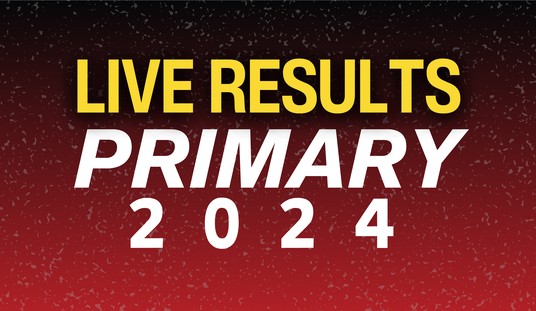The stock market, which normally looks down the road 12 months or so, is beginning to get the idea that the days of riskless trading via expanded PEs are over. As we move into earnings season, the market is having a case of the doubts. Previously, such doubts would have been masked by cash via the Federal Reserve program known as QE.
But in the absence of that extra money made available via QE, traders are going to have to use some other means of chasing the markets upward. Generally those means are earnings.
But this time earnings may not be able to save the market.
Here’s why: Although on a relative basis the S&P 500’s 18 times price-earnings ratio has some room to grow if history is the guide, we are in an exceptional part of history.
While it’s true that the market has sustained higher PEs, it’s also true that those PEs were possible because of higher GDP growth than we have right now.
Today PEs have expanded via the record amount of money that has been made available corporately in the investment markets, not because of organic economic growth. Never before have central banks around the world so coordinated efforts to inject liquidity into economies.
And despite the experts’ protestations that we are in a recovery, the first quarter of the year was more like a mini-recession than it was a recovery. While job creation has picked up a little, the non-recovery recovery has lasted so long that it will be years before the job market gets real tight.
Recommended
That means wages will be lower, job creation slower.
That means that a robust economy is not in the offing anytime real soon. That's because jobs and wage gains are needed to fuel organic economic growth.
That means that there is no reason for PEs to expand any further.
Think of it like this: Just as inflation hits goods and services in an expanding economy with dollars chasing prices upward, so too does inflation chase price earnings ratios upward—think of PEs as relative price. Previously quantitative easing provided those dollars, pushing up relative price in the stock market. But now they have to come from dollars generated by the economy through job creation, wage increases and organic economic growth.
And none of those pressures are happening to a degree necessary to expand earnings rapidly enough to inflate price earnings ratios.
Getting past the fundamentals of the economy you also have this stark reality to deal with too: In two previous tries at stopping quantitative easing, the S&P 500 has not reacted well.
In March 2010, the Fed wound down its first quantitative easing program. But merely one month later-- by the end of April-- the market was in a full-fledged retreat. It didn’t recover from that retreat until QE2 was announced in November of 2010.
The QE2 easing program went until June 2011, at which point the market again retreated until the current quantitative easing (QE3) started. It’s been QE3 that has sustained the market gains since September 2012.
Until we see more and better organic economic growth expect the markets to act pretty badlyin the absence of QE and organic economic growth.
.
























Join the conversation as a VIP Member